3rd day in London
- soniamelodias

- Jan 18, 2019
- 10 min read
September 9, 2018, our third day in London.
On this day I was hoping to be able to take a peek at the Queen and maybe be invited for tea :)
That didn´t happen, but a lot of other exciting things did and it was another long fulfilling day.
We begun our tour at the Hyde Park Corner.
It's an important square in London. It is located in the City of Westminster, more exactly in the southeast of Hyde Park, from which it takes its name. It is an important intersection of roads, from which converge the streets of Park Lane, Knightsbridge, Piccadilly, Grosvenor Square and Constitution Hill. There is also a road tunnel under the square, connecting Knightsbridge to Piccadilly.
In the center of the intersection there is a large green space, in the middle of which is situated the Wellington Arch.
After nearly a century of debate over what to do with a plot of land in front of the Apsley House, the Wellington Arch, designed by Decimus Burton, was erected in 1828.
The sculpture of Adrian Jones was added in 1912. This sculpture represents the angel of peace coming down with the war car. Recently, the arch has been restored and the public has access to the rooms of its interior.
The first contact we had with the British Royal Guard was right here and it was with the Royal Guard on horseback. If you ask my opinion these are by far more interesting than those in front of the palace.
The Green Park is situated between Hyde Park and St. James's Park, next to Buckingham Palace.
Due to its proximity to Buckingham Palace, it hosts public demonstrations of royalty, such as cannon salutes, state visits or the Queen's anniversaries. It has an obscure past, for it was originally a cemetery of swampy ground for the lepers of the nearby St. James hospital.
Unlike neighboring parks, Green Park has no ponds, or statues, or fountains (other than the Canadian Memorial, by Pierre Granche). It is a park that consists entirely of wooded meadows.
But that's not why I didn´t like it as much because the park is quite beautiful. I didn´t like it as much, because I didn´t see any squirrels :(
The Changing of the Guard is one of the most important tourist attractions in London. During the ceremony, which takes place at the main entrance of Buckingham Palace, the guards responsible for the security of the palace are replaced in a very special way, accompanied by a military musical band.
It wasn´t my favorite part of the day though because we had to wait for a very long time (we had to arrive early to secure a place where we could see), we had to stand up all that time, there was a crazy amount of people all around us and I don´t think it was that special.
The Queen´s Gallery is composed by two public art galleries that exhibit about 450 pieces of the Royal Collection.
This art collection is permanently installed on the west facade of Buckingham Palace, occupying the site of an old chapel bombed during World War II. A selection of the collection is on display in this small gallery next to the palace, which was a greenhouse until 1962.
It was inaugurated in 1962 and closed in 1999 for renovations, having been reopened again in 2002 during the Queen's Golden Jubilee.
Buckingham Palace is the official residence of Queen Elizabeth II. It is located in the City of Westminster, the district linked to monarchy and politics in the British capital.
It is a symbol of the monarchy, a home for the queen, a focus of sightseeing and one of the places where the Changing of the Guard takes place.
It is officially the home of Queen Elizabeth II. In practice, however, the queen does not spend all her days there. From a young age, Elizabeth prefers Windsor Castle, near London. And now, whenever she can, she takes refuge in Scotland. But it is at Buckingham Palace that she hosts heads of state, special guests, charity events and great names of the nobility. In its halls and corridors are some of the most valuable works of art in Europe, all from the Royal Collection.
In front of the palace, facing the Queen Victoria Memorial (the first queen to occupy the residence), the Changing of the Guard takes place. It is a traditional ceremony that involves the Queen's Guards and can be assisted for free.
Buckingham Palace was a large house of the Duke of Buckingham acquired by King George III in 1762.
The 77,000 square meters of constructed area were erected over more than 75 years.
The Palace became the official residence of the British monarchy in 1837, with the rise of Queen Victoria.
In World War I, the building was unharmed; however, in World War II, it was bombed 7 times. The Nazis believed that if the Palace were destroyed, it would demoralize the population. The worst bombing occurred in 1940, when the chapel was destroyed. At the time, Elizabeth took refuge in the Palace of Windsor, where she lives today. The Queen routinely visits Buckingham Palace, but does not live there any longer.
Throughout history, several strange facts happened in the Palace. Like when a 12-year-old boy lived, unnoticed, for a year in the palace in 1837. In 1981, German tourists camped in the residence's gardens after climbing the walls. In 1982, a man managed to climb to the Queen's Chamber while she slept. And in 2004, a journalist managed to keep the disguise, as a Palace official, for a year and released several clandestine photos of the interior.
The Victoria Memorial is located in the heart of the Queen's Gardens, opposite Buckingham Palace. It was erected by the sculptor Sir Thomas Brock in 1911 and made with 2,300 tons of white marble, based on the design of Sir Aston Webb.
St James´s Park is the oldest of London's Royal Parks. The land was purchased by King Henry VIII in 1532, long before the monarchy purchased the Buckingham House, later transformed into a palace. The name is set as a tribute to a namesake hospital that looked after lepers at that time.
An interesting time for a visit is 2:30 pm, when the pelicans in the park are fed fresh fish. When they are not inert catching sun just lying on the stones, they become an attraction, because they are quite sociable. We can find them on Duck Island, one of the two islands on Lake St. James. Curiosity: the pelicans of St. James Park descend from distant ancestors offered as a gift to the British government, by a Russian ambassador in 1664.
The park is surrounded by three palaces: Buckingham Palace, St. James's Palace and the Palace of Westminster (the British Parliament). It borders Buckingham Palace to the west, The Mall and St. James's Palace to the north, the Horse Guards to the east and the Birdcage Walk to the south.
The nearest underground stations are St. James Park, Victoria and Westminster.
St. James's Palace is one of the oldest in England, it has been a british royal administrative center since it was the official residence of the monarchy until this day.
Although it has already seen more busy days, the St. James's Palace continues busy with the administrative life of the royalty. Every year, approximately 100 charity events are hosted on site. Some receptions of heads of state also occur there, and even the princes William and Harry have office in the premises of Saint James.
The name of the Palace of Saint James is borrowed from the St James Leprosy Hospital. At the site, the new residence was built, which became the home of the Royal Family when a fire destroyed Whitehall Palace.
In 1809, the flames consumed part of the building, including the private quarters of the monarch. In the remainder of the nineteenth century, the importance of the Saint James Palace declined, especially due to the acquisition of Buckingham Palace by King George III. Thus, it was only used for formal ceremonies, such as baptisms, weddings, and official receptions.
Horse Guards Building is a historic building in the city of Westminster, between Whitehall and Horse Guards Parade.
It was built in the mid-eighteenth century, replacing an earlier building, such as a barracks and a stable for the Domestic Cavalry, later becoming an important military headquarters.
Although still in military use, part of the building houses the Household Cavalry Museum, which is open to the public.
Churchill War Rooms is a museum and one of the five branches of the Imperial War Museum.
Parliament Square is a square at the northwest end of the Palace of Westminster in central London. It has a large open green area in the center, with trees to the west, and contains twelve statues of statesmen and other notable individuals: Winston Churchill, David Lloyd George, Jan Smuts, Henry John Temple, 3rd Viscount Palmerston, Edward Smith-Stanley, 14th Earl of Derby, Benjamin Disraeli, 1st Earl of Beaconsfield, Sir Robert Peel, George Canning, Abraham Lincoln, Nelson Mandela, Mahatma Gandhi, Millicent Fawcett.
Apart from being one of London's main tourist attractions, it is also the place where many demonstrations and protests have been held. The square is surrounded by several official buildings: Houses of Parliament, executive offices to the north (Whitehall), judiciary to the west (Supreme Court), and church to the south (Westminster Abbey).
Right here, a month earlier, in August, there had been a terrorist attack, in which three people were injured:(
Westminster Abbey is one of the most important Anglican churches in the United Kingdom. It has almost a thousand years of history linked to Royalty: since 1066, it hosts the crowning of the British monarchs.
Architecturally styled in Gothic design, the abbey is considered an icon of the capital. Here were buried kings, queens, and artificers of religion and science, such as Sir Isaac Newton and Charles Darwin.
In April 2011, the world turned its eyes to Westminster Abbey, where Prince William's wedding was held with Kate Middleton.
In 616 AD a fisherman from the River Thames supposedly had a vision of St. Peter and celebrated a cult in the same place where the Abbey would later be founded. In the 970´s a community of Benedictine Monks settled in the region. But the stone church itself was only built between 1045 and 1050, by King Edward. Later, in 1308, a throne in honor of King Edward was placed inside the Abbey. Since then, the coronation ceremony of the King takes place before the throne. Around 1500, the temple was modified and became the Gothic design building, as we know it today.
Other reforms happened: Henry VII built a chapel dedicated to the Virgin Mary, in 1503, while the two towers were erected between 1722 and 1745. In addition, in the middle of 1500, the State separated the Church of England from the Catholic Church, confiscating the Abbey of the Benedictines. The possession of the place was returned to the monks by Queen Mary I, and later taken again, by Elizabeth I, who transformed it into the Collegiate Church of St. Peter, in the eighteenth century.
The designation "Houses of Parliament" creates some confusion in travelers' minds. This is the name of the Palace of Parliament of the United Kingdom, where there are the House of Lords and the House of Commons.
The palace stands on the banks of the Thames River, adjacent to Westminster Bridge, opposite Westminster Station, glued to Westminster Abbey and close to the London Eye, in a complex of numerous government buildings. It was the first royal palace in England.
For being the seat of the British parliament and the United Kingdom, the Palace of Westminster has restricted visiting times. It is possible to follow debate sessions between parliamentarians or take a guided tour (or audio guide) when politicians are not there.
After being plotted for bombings and burning almost entirely, today the Palace of Westminster is a UNESCO World Heritage Site and a symbol of British rule. This building was not built at one time, having several architects from different historical periods. Nor was it designed to be a great parliament. The location of the building has been used since the Middle Ages for royal lodgings due to its strategic position near the Thames River. None of the medieval buildings survived to this day.
Parliament as it is today, with two chambers, only began to take shape from the sixteenth century, in the reign of King Edward VI. The first great fire of the Palace of Westminster occurred in 1529, when the fire destroyed part of the structure of the building, in the reign of Henry VIII. Then, in 1834, another great tragedy. This time the flames destroyed much of the place, leaving only Westminster Hall, the Jewel Tower, the crypt of St. Stephen's Chapel, and the Cloisters. But the most curious story is that of an attack that did not occur. On November 5, 1605, a group of Catholics planned to blow up the British Parliament and with it, King Jaime and much of the Protestant aristocracy that oppressed the people of different religions. But the king discovered, and Guy Fawkes, the one in charge of performing such an act, was arrested and sentenced to death by treason and attempted murder.
The Jewel Tower is almost 650 years old and is an intriguing attraction in the heart of Westminster. It was built around 1365 to house the treasures of Edward III and was known as the King's "Private Wardrobe."
It is one of only two buildings of the medieval palace of Westminster that survived the fire of 1834, and features a ribbed vault from the fourteenth century.
As of April 2013, an exhibition that covers all three floors of the tower highlights the history of the tower and its role that has been changing over the centuries. The exhibit's objects include a model of Westminster's 'lost' medieval palace, replicas of precious objects and dressing areas, including an 18th-century office.
Westminster Cathedral is one of the rare Byzantine edifices of London, designed by John Francis Bentley for the Catholic diocese and completed in 1903, at the site of a former prison.
The 87 meter red brick tower with horizontal strips of white stone contrasts with the neighboring abbey.
Tate Britain was our last stop of the day. By this time I was already very tired and with a lot of muscle pains. However, as soon as we entered the museum the physical pain became insignificant, because my mind, being presented with such valuable artistic cultural property, only urged me to observe as many works as possible.
This museum features the largest collection of British art in the world, with works by Blake, Constable, Epstein, Gainsborough, Gilbert and George, Hatoum, Hirst, Hockney, Hodgkin, Hogarth, Moore, Rossetti, Sickert, Spencer, Stubbs and Turner. In its collection, there are almost 60,000 works, all selected by the curators to highlight the most important artists of the United Kingdom.
I think what fascinated me most about this museum is that it allows us to take a time travel through the art world, both in painting and in sculpture. Once again, it was necessary for museum employees to notify us several times that the Museum was closing, because it was very difficult to leave behind such beauty and so much culture. We just didn´t want to leave...
#hydeparkcorner #wellingtonarch #greenpark #changingoftheguard #queensgallery #buckinghampalace #victoriamemorial #stjamespark #stjamespalace #horseguardsbuilding #churchillwarrooms #parliamentsquare #westminsterabbey #housesofparliament #jeweltower #westminstercathedral #tatebritain





















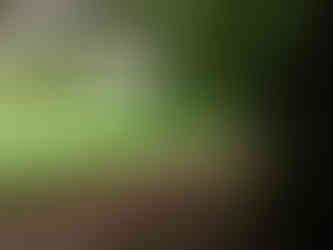



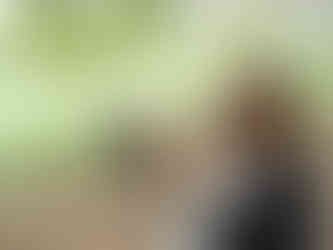





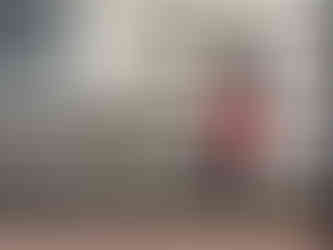



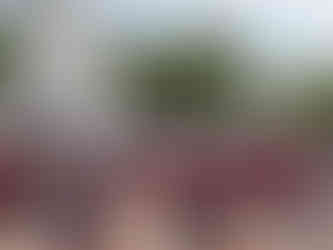











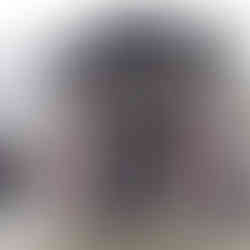














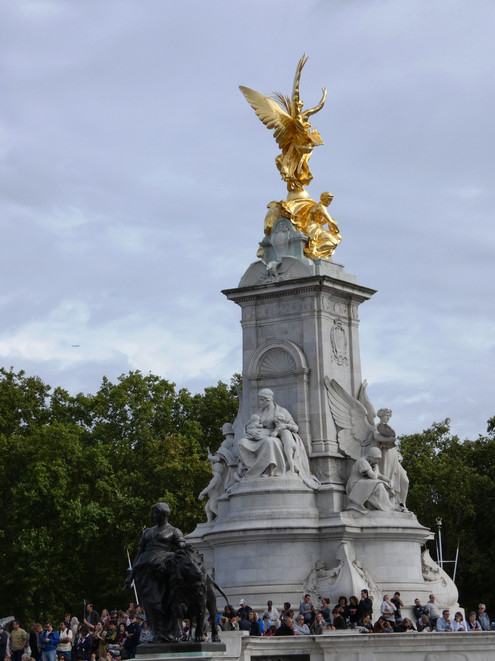
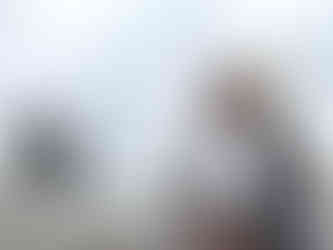




































































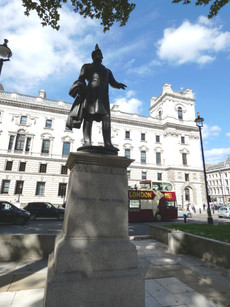



































































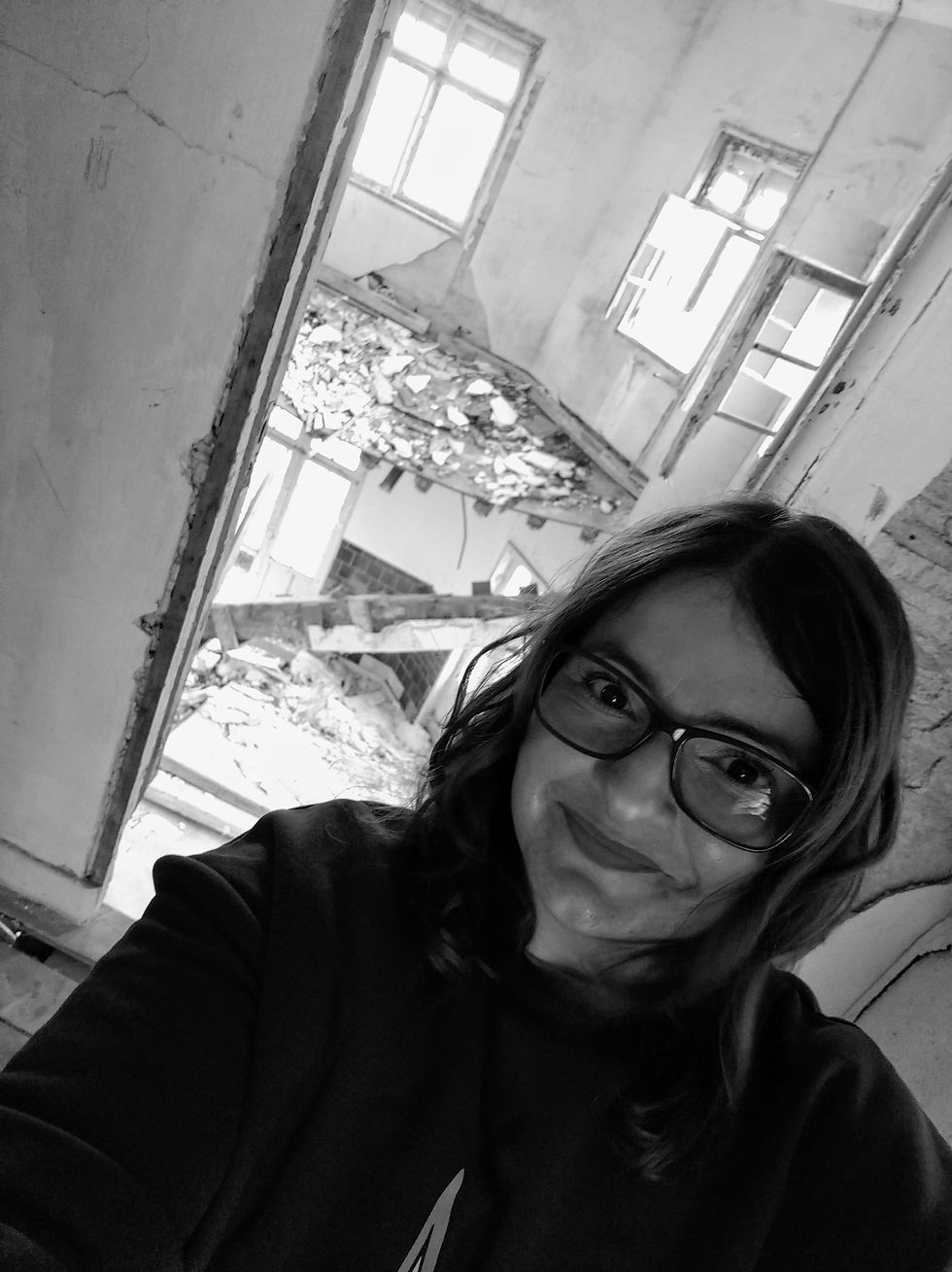

Comments